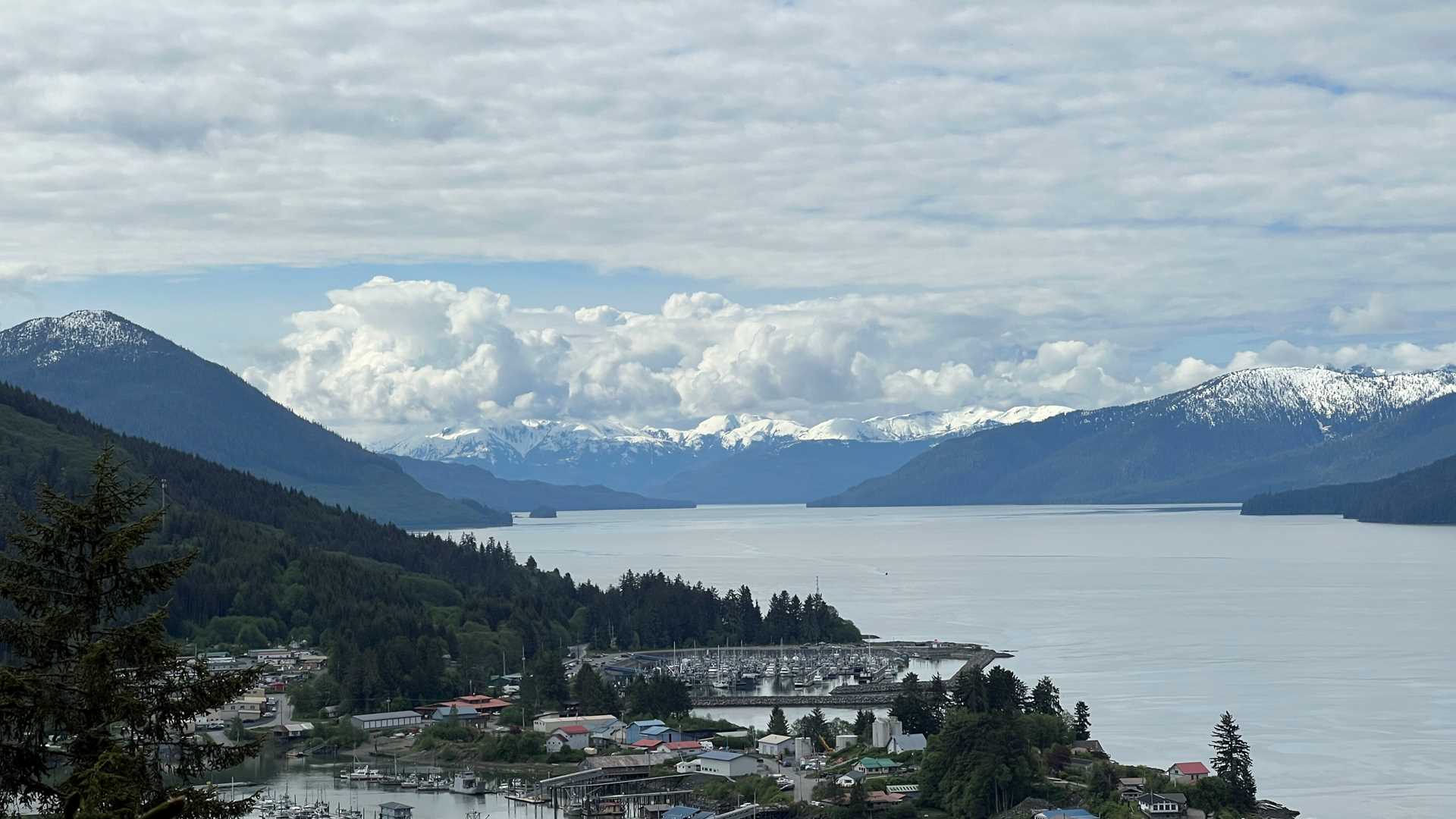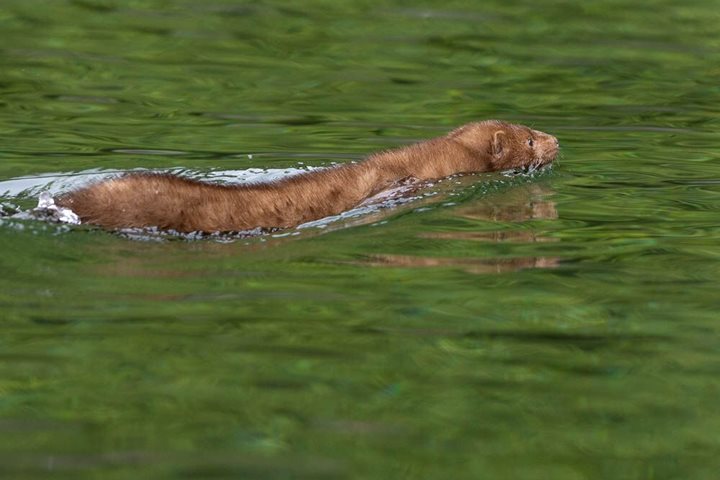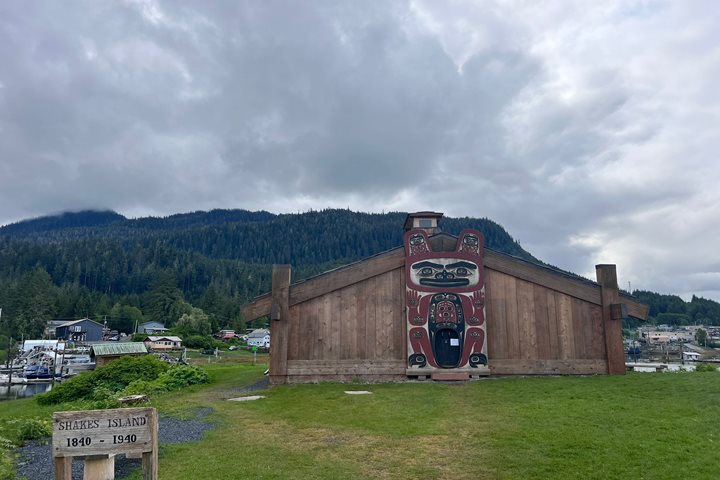The town of Wrangell is relatively small in size but grand in charm. National Geographic Sea Lion pulled into port in this quaint town to explore the mix of history, nature, and modern-day culture it has to offer. A day of sunny blue skies and tall, voluminous clouds began with a hike up to the Dewey Mountain Lookout. The town of Wrangell is also home to the largest collection of petroglyphs in Alaska. These 8,000-year-old etchings in rock tell the stories of the area’s Tlingit population. Just across the Zimovia Strait, the Stikine River provided an ideal location to start a jet boat tour up the river. Unlike typical propeller boats, this boat has a draft of about six inches. The jet boat uses jet propulsion of the water beneath to move its way upriver towards Shakes Glacier and Shakes Lake.
6/5/2025
Read
National Geographic Sea Lion







